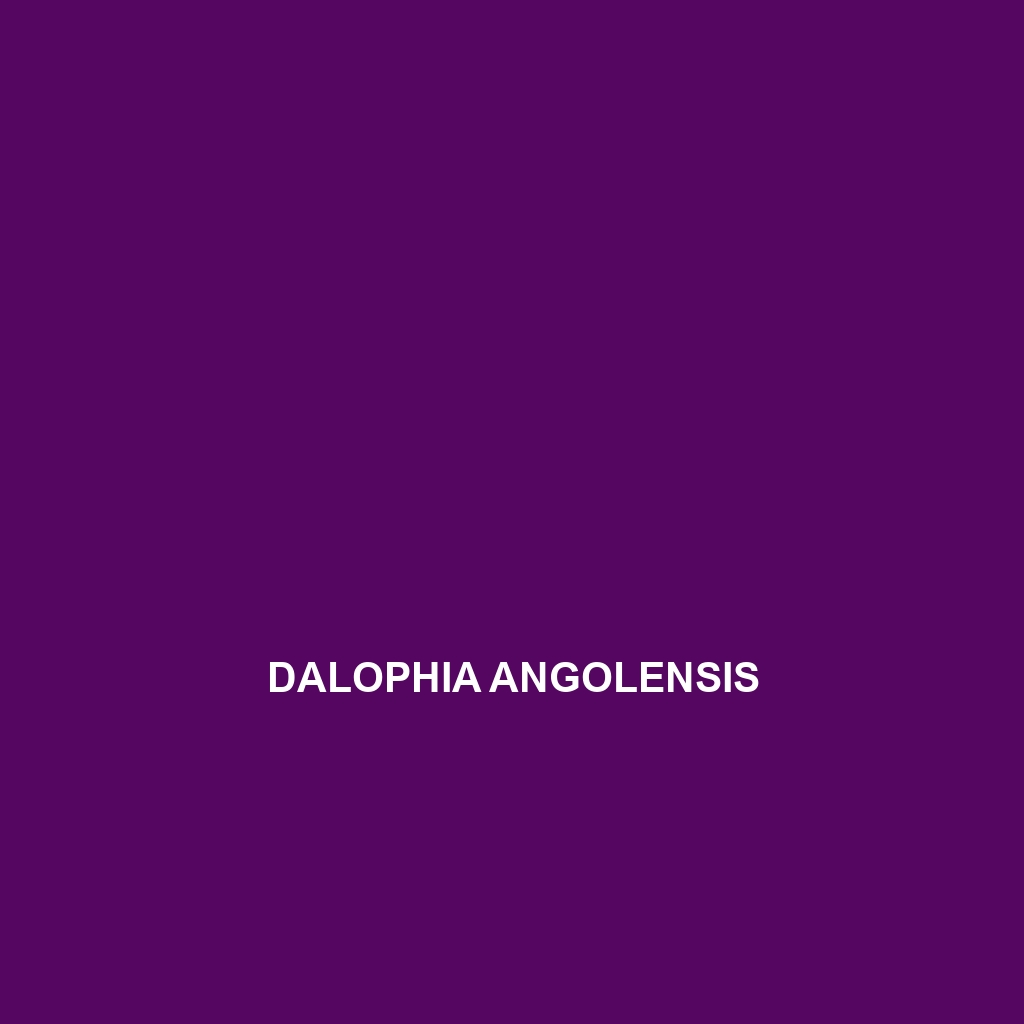Common Name: Dalmatolacerta oxycephala
Scientific Name: Dalmatolacerta oxycephala
Habitat:
Dalmatolacerta oxycephala, commonly known as the Dalmatian lizard, is primarily found in the rocky and bushy areas of the Dalmatian region, which encompasses parts of Croatia, Bosnia and Herzegovina, and Montenegro. This lizard prefers warm, sunny environments often situated at lower altitudes, where it can be found basking on stones, walls, and in the proximity of shrubland.
Physical Characteristics:
The Dalmatian lizard exhibits a range of physical traits that make it easily identifiable. Typically, it measures between 15 to 25 cm in total length, including its tail. The lizard’s coloration varies from brown to greenish-brown, with distinctive darker spots or stripes along its body. Notable features include its elongated body, long limbs, and a somewhat flattened head that gives it a unique profile among lizard species.
Behavior:
Dalmatolacerta oxycephala is known for its diurnal behavior, primarily active during the day when it engages in basking and foraging. These lizards are agile climbers, often seen scaling rocks and vegetation to escape threats or hunt for food. Territorial disputes amongst males can be observed, particularly during the mating season, where they display various body postures.
Diet:
The Dalmatian lizard is primarily insectivorous, feeding on a variety of insects, including beetles, ants, and grasshoppers. Occasionally, they may consume small invertebrates, which provides a balanced diet rich in proteins. Their feeding habits make them crucial players in controlling insect populations within their habitat.
Reproduction:
Reproduction in Dalmatolacerta oxycephala typically occurs in early spring, following the temperature rise. Females lay 5 to 10 eggs in sandy or loose soil, and these eggs incubate for about 6 to 8 weeks before hatching. Offspring are usually independent from birth, and the females may exhibit protective behaviors during the incubation period.
Conservation Status:
Dalmatolacerta oxycephala is currently classified as Least Concern by the International Union for Conservation of Nature (IUCN). However, habitat loss due to urbanization and agricultural expansion poses potential threats to its population. Continued monitoring is essential to ensure the species’ stability in its native habitat.
Interesting Facts:
One fascinating aspect of Dalmatolacerta oxycephala is its remarkable ability to change color slightly in response to temperature and mood – a phenomenon known as physiological color change. This ability aids in thermoregulation and camouflage against predators.
Role in Ecosystem:
As both a predator and prey, Dalmatolacerta oxycephala plays a vital role in maintaining the ecological balance. By controlling insect populations, these lizards help to promote healthy plant growth. Additionally, they serve as a food source for larger predators, contributing to the biodiversity of their habitat.
This structured HTML description provides a comprehensive overview of Dalmatolacerta oxycephala while incorporating SEO-friendly keywords, which can help enhance visibility and engagement.
